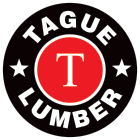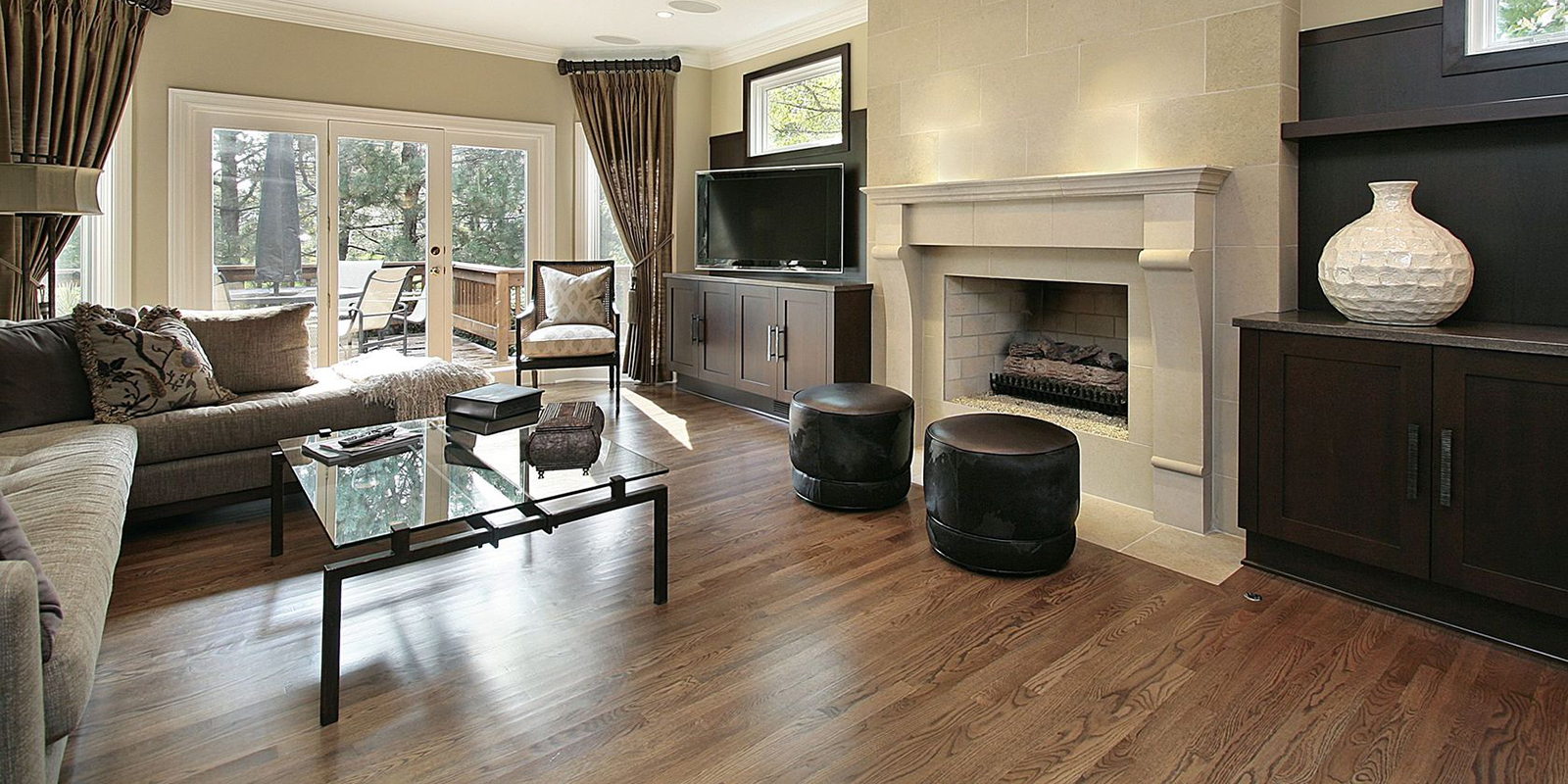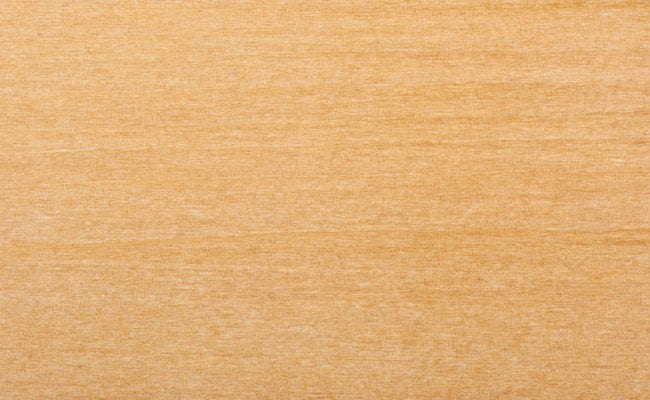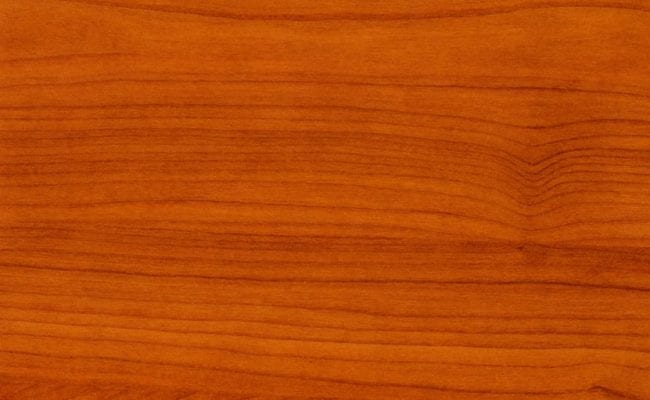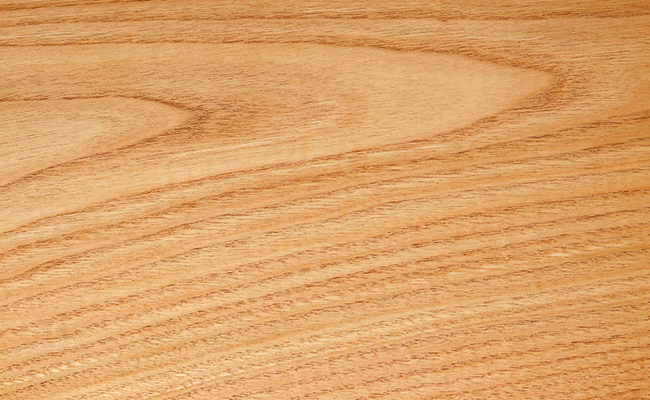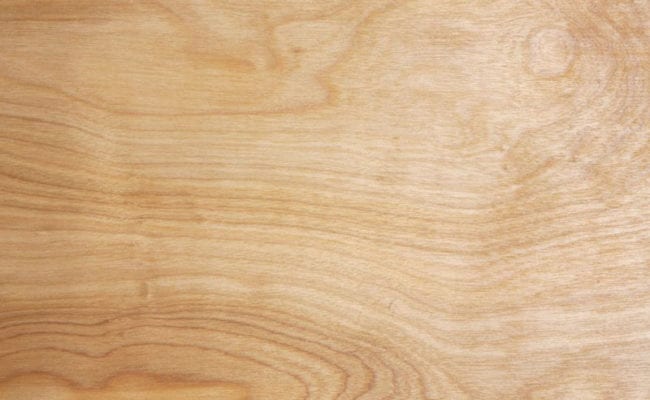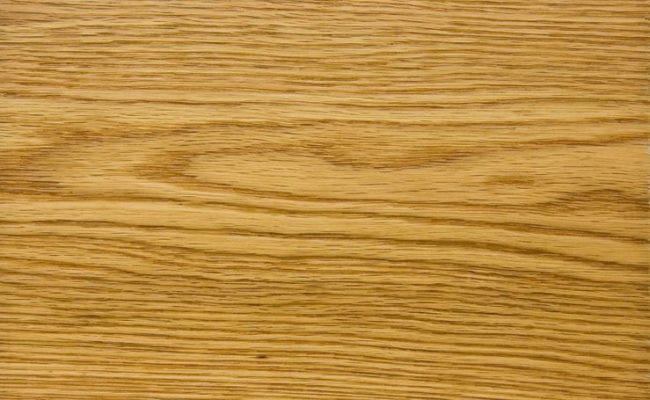Alder
Principally grown in the Pacific Northwest and Europe, Red Alder (Alnus rubra) is a light-colored, straight-grained hardwood. It is rather soft and very easy to work with, using both hand and machine tools; it sands especially well and can be painted or stained to a good finish. Red Alder has excellent turning, gluing, nailing, and screwing properties. Available in dimension stock and lumber, its main uses include furniture, kitchen cabinets, doors, shutters, mouldings, panel stock, carvings, and woodware.
Interesting fact: alder is used to smoke fish and meat.
JANKA HARDNESS SCALE: 590
Interesting fact: alder is used to smoke fish and meat.
JANKA HARDNESS SCALE: 590
Ash
White Ash (Fraxinus americana) grows throughout Eastern North America. Its sapwood is light to white in color, and its heartwood varies from gray to brown. A hard, strong, straight-grained, shock-resistant wood, it machines well, is good in nailing, screwing, and gluing, and takes stains nicely. Widely available, ash is commonly used for flooring, millwork, boxes/crates, boatbuilding, lobster traps, baseball bats, and other turned objects such as tool handles.
Interesting fact: Admiral Richard Byrd wore snowshoes made of ash during his polar expeditions.
JANKA HARDNESS SCALE: 1320
Interesting fact: Admiral Richard Byrd wore snowshoes made of ash during his polar expeditions.
JANKA HARDNESS SCALE: 1320
Basswood
In the U.S., American Basswood (Tilia americana) is found primarily in the Northern and Great Lakes regions. With creamy white sapwood merging into pale to reddish brown heartwood, Basswood is light, soft, even-textured, and very easy to work with, making it a premier carving material. It has an outstanding weight-to-stiffness ratio and can be sanded, stained, or painted with fine results. Main uses include carvings, turnings, furniture, pattern-making, mouldings, millwork, pulp and fiber products, musical instruments, containers, and window blinds.
Interesting fact: usually called Linden in Europe, the North American name comes from the inner bark (bast) used by American Indians to make rope and thread.
JANKA HARDNESS SCALE: 410
Interesting fact: usually called Linden in Europe, the North American name comes from the inner bark (bast) used by American Indians to make rope and thread.
JANKA HARDNESS SCALE: 410
Birch
Common to the Northern Hemisphere, Birch (Betula) has a fine, straight-grained, and uniform texture that makes it one of the most widely used woods for veneer and plywood worldwide. It is easy to work with hand and machine tools, and it turns, glues, and finishes nicely. It also takes well to stains and dyes. Besides regular sheets of plywood, Birch veneer is also used for doors, furniture, interior trim, and paneling, as well as for domestic wares, toys, and baskets.
Interesting fact: birch foliage is a major nutrient for butterflies and moths.
JANKA HARDNESS SCALE: 910-1260
Interesting fact: birch foliage is a major nutrient for butterflies and moths.
JANKA HARDNESS SCALE: 910-1260
Cherry
Grown throughout North America, particularly in the Northeastern United States and Canadian Provinces, cherry (Prunus serotina) is a stable, straight-grained, relatively dense reddish brown-hued wood. Easy to machine and capable of top-quality smooth finishes after sanding and staining, cherry is known as being one of the best all-around woods for workability. Cherry is commonly used in fine furniture and cabinetry construction, moulding, paneling, and turned items.
Interesting fact: American Colonists used cherry bark to make drugs that treated bronchitis.
JANKA HARDNESS SCALE: 950
Interesting fact: American Colonists used cherry bark to make drugs that treated bronchitis.
JANKA HARDNESS SCALE: 950
Chestnut
American Chestnut (Castanea dentata), light brown in color, is sometimes confused with oak, which is in the same family. Found in the Eastern United States, the chestnut is strong, fairly light, and easy to work with. Its large concentration of tannic acid makes it highly resistant to rot and thus valued for outdoor use, such as fencing, stakes, telephone poles, shingles, siding, and furniture.
Interesting fact: in the early 20th century, the chestnut blight devastated the American chestnut; recultivation utilizing genetic material from the disease-resistant Asiatic chestnut has helped repopulate the species in North America.
JANKA HARDNESS SCALE: 540
Interesting fact: in the early 20th century, the chestnut blight devastated the American chestnut; recultivation utilizing genetic material from the disease-resistant Asiatic chestnut has helped repopulate the species in North America.
JANKA HARDNESS SCALE: 540
Hickory
Hickory (Carya) grows in Eastern North America. A hard, straight-grained wood, it varies in color from pale to reddish brown. Among the hardest, stiffest, most dense, and strongest of woods native to the United States, it is relatively hard to work but glues, stains, and finishes well. Hickory is commonly used where strength or shock-resistance is important, such as tool handles, ladder rungs, wheel spokes, flooring, and furniture. Hickory is also used for cutting surfaces, furniture, ladders and sporting goods.
Interesting fact: the Wright Brothers whittled hickory for their 'flying contraption.'
JANKA HARDNESS SCALE: 1820
Interesting fact: the Wright Brothers whittled hickory for their 'flying contraption.'
JANKA HARDNESS SCALE: 1820
Locust
Black Locust (Robinia pseudoacacia) is native to the Southeastern United States. A very hard, heavy, strong, stable, and rot-resistant wood, it tends to have a yellow or greenish tinge. Its durability and resistance to decay make it an optimum species for fence posts, boatbuilding, flooring, outdoor furniture, mine timbers, railroad ties, turnery, veneer, and wood-burning stove fuel.
Interesting fact: as a young man, Abraham Lincoln spent a good deal of time splitting rails and fence posts from Black Locust logs.
JANKA HARDNESS SCALE: 1700
Interesting fact: as a young man, Abraham Lincoln spent a good deal of time splitting rails and fence posts from Black Locust logs.
JANKA HARDNESS SCALE: 1700
Mahogany
True or Genuine Mahogany (Swietenia) is indigenous to the Americas and is often sold under the name 'Honduran Mahogany.' In the last twenty years, true mahogany has also been cultivated on Asian plantations. Mahogany's straight grain, beautiful reddish brown color, easy workability, and phenomenal stability have made this tropical hardwood a favorite for fine furniture, musical instruments, interior trim, and boatbuilding. Sapele (Entandrophragma) and African Mahogany (Khaya) are moderately priced substitutes for true mahogany. 'Philippine Mahogany' is a loose term for many hardwoods (of the genus Shorea) from Southeast Asia; when used for plywood, it is commonly called Lauan.
Interesting fact: the first recorded mahogany artifact made in the colonized New World is a cross dated 1514, found in the Santo Domingo Cathedral.
JANKA HARDNESS SCALE: Varies
Interesting fact: the first recorded mahogany artifact made in the colonized New World is a cross dated 1514, found in the Santo Domingo Cathedral.
JANKA HARDNESS SCALE: Varies
Maple
Common throughout the Northern Hemisphere, maple (acer) is generally classified as Soft Maple or Hard Maple. Light to dark reddish brown, maple is close textured, usually straight-grained, easy to machine, and finishes well. Some common uses for Soft Maple (often Red Maple) include veneer, pulpwood, boxes, crates/pallets, musical instruments, turned objects, and other small specialty wood items. Some common uses for Hard Maple (often Sugar Maple) include flooring (from basketball courts and dance-floors to bowling alleys and residential applications), veneer, pulpwood, musical instruments, cutting boards, butcher blocks, workbenches, baseball bats, and other turned objects and specialty wood items. Some maple wood has highly decorative wood grain.
Interesting fact: maple is considered a tonewood, a wood that carries sound especially well, and is used to craft guitars, violins, cellos, and basses.
JANKA HARDNESS SCALE: Varies
Interesting fact: maple is considered a tonewood, a wood that carries sound especially well, and is used to craft guitars, violins, cellos, and basses.
JANKA HARDNESS SCALE: Varies
Oak
Oak (Quercus) is the most common species group growing in Eastern U.S. hardwood forests, with red oak being more abundant than white oak. Red oak is reddish brown, and white oak is light tan to pale brown; both are mostly straight grained with a coarse texture. Oak machines well, can be stained to a good finish, and is very amenable for steam bending. It is used for furniture, cabinetry, moulding and millwork, flooring, boatbuilding, barrels, and caskets.
Interesting fact: in 2004, the United States Congress passed legislation designating oak as America's National Tree.
JANKA HARDNESS SCALE: 1290 (red oak) to 1360 (white oak)
Interesting fact: in 2004, the United States Congress passed legislation designating oak as America's National Tree.
JANKA HARDNESS SCALE: 1290 (red oak) to 1360 (white oak)
Poplar
Poplar or Tulip Tree (Liniodendron tulipfera), the tallest of United States hardwood trees, grows throughout the eastern part of the country. Widely available, poplar is a straight-grained, strong, medium density wood that's easy to machine, plane, turn, glue, and bore. Unremarkable in its appearance (except for Rainbow Poplar), poplar is a versatile utility hardwood used for pallets, veneers, crates, upholstered furniture frames, moulding, containers, trim, light construction, pulpwood, and plywood.
Interesting fact: the tree's honey – reddish and fairly strong – has mixed reviews as a table condiment but is well regarded by bakers.
JANKA HARDNESS SCALE: 540
Interesting fact: the tree's honey – reddish and fairly strong – has mixed reviews as a table condiment but is well regarded by bakers.
JANKA HARDNESS SCALE: 540
Spanish Cedar
Also known as West Indian Cedar, Spanish Cedar (Cedrela odorata) is grown in Florida, the Caribbean, Mexico, Central America, and South America. Relatively uniform pinkish to reddish brown in color, Spanish cedar is best known for its aromatic fragrance and natural insect repellant qualities. This soft, easily workable wood is commonly used for veneer, plywood, cabinetry, chests and wardrobes, musical instruments (flamenco and classical guitars), humidors, and boatbuilding.
Interesting fact: Spanish Cedar is neither Spanish nor a true cedar; it is a relative of mahogany.
JANKA HARDNESS SCALE: 600
Interesting fact: Spanish Cedar is neither Spanish nor a true cedar; it is a relative of mahogany.
JANKA HARDNESS SCALE: 600
Teak
Native to South and Southeast Asia, teak (Tectona grandis) is now cultivated in many countries throughout the world. The color ranges from reddish golden brown to a rich medium brown; its hardness, easy workability, resistance to termites and rot, and natural oils make it ideal for outdoor furniture, decking, and boatbuilding. Other uses include cutting boards, flooring, and veneer. Teak leaves are also employed as a culinary ingredient in India and Indonesia.
Interesting fact: the majority of commercially harvested teak is grown on sustainable teak plantations.
JANKA HARDNESS SCALE: 1000
Interesting fact: the majority of commercially harvested teak is grown on sustainable teak plantations.
JANKA HARDNESS SCALE: 1000
Walnut
Black Walnut (Juglans nigra) grows throughout the Eastern and Central United States. One of the few domestic woods with a naturally dark color, black walnut develops a lustrous patina with age. It works easily with hand and machine tools, and it nails, screws, and glues well. Although usually straight-grained, it sometimes has a wavy or curly grain that produces an attractive decorative figure. Some common uses for Black Walnut include furniture, cabinets, gunstocks, interior paneling, veneer, musical instruments, turned items, and other small wooden objects and novelties.
Interesting fact: early settlers used black walnut dye to color their hair.
JANKA HARDNESS SCALE: 1010
Interesting fact: early settlers used black walnut dye to color their hair.
JANKA HARDNESS SCALE: 1010
